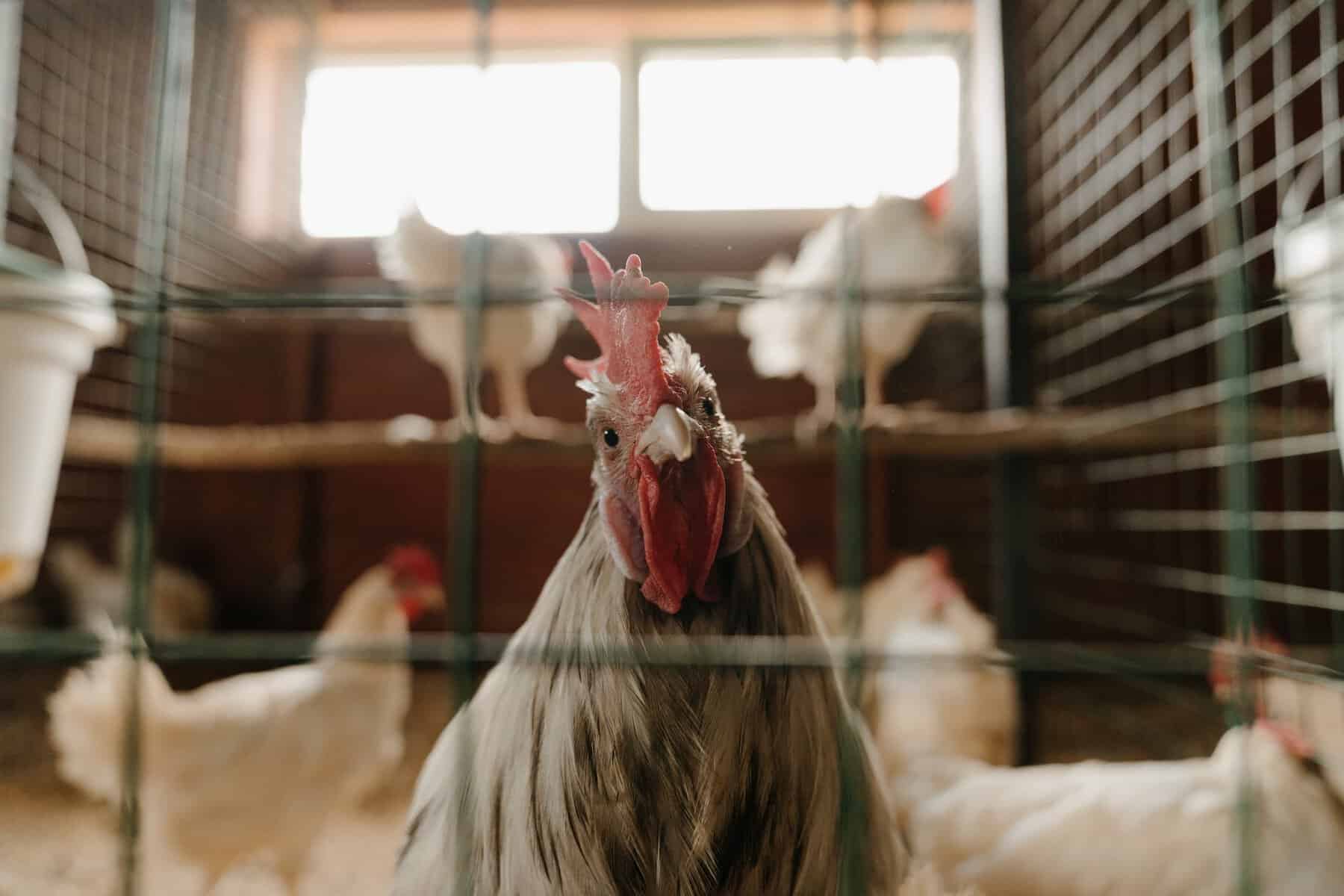So you’re ready to get chickens and want to build or buy the perfect coop. One of the most important considerations is providing adequate room for your flock to roost, nest, and roam comfortably. But what exactly are the right chicken coop and run dimensions?

How Big of a Chicken Coop Do I Need?
This guide will cover the ideal space requirements for your chickens along with tips for building an appropriately sized coop and run.
Factoring In Your Flock Size
The first step is determining how many chickens you plan to keep. This will dictate the minimum coop and run sizes needed. Backyard flocks usually range from 3-15 chickens.
As a general rule of thumb, you should allow:
- 4 square feet of coop space per standard-sized chicken
- 2 square feet per bantam chicken
- 8-10 square feet of run space per standard chicken
- 4-5 square feet per bantam
Keep in mind your chicken’s breed, size, and temperament as well. Larger or more active breeds require more elbow room.
To put it simply – more space is almost always better for chicken health and egg production. Overcrowding causes stress, territorial conflicts, and the spread of illness.
As your flock grows, make plans to expand the coop and run. Chickens thrive with plenty of room to nest, perch, scratch, and dust bathe comfortably.

Ideal Coop Size and Layout
The chicken coop provides safe, dry housing for sleeping and egg-laying. It should offer the following minimum spaces:
Roosting Area
- 10-12 inches of roost space per chicken
- Roosts placed 2-3 feet off the ground
- Enough height for chickens to flutter up to roosts
Nesting Boxes
- One 12″x12″ box for every 2-3 hens
- Boxes with clean bedding, low perches, and privacy
Feed and Water
- 1-2 inches of feeder space per chicken
- Waterers that minimize spillage
- No feed or water below roosts (everything under the roost WILL be pooped on!)
Ventilation and Light
- Windows for sunlight and airflow
- Insulation and ventilation to prevent moisture buildup
- 10-12 hours of daylight for laying hens (we do not supplement light to give our hens a winter break)
Easy Access
- Doors wide enough for you and supplies
- Ramps or stairs for chicken entry
Predator Protection
- Locks to deter predators
- Wire mesh, hardware cloth, or plywood reinforcement
Following these minimum space guidelines in your coop layout ensures your chickens’ needs are met. But remember, more space is better when possible.
Sizing the Outdoor Chicken Run
In addition to an indoor coop, chickens require an outdoor run for natural behaviors like dust bathing, foraging, exercise, and catching rays.
The run size should be:
- 8-10 square feet per standard chicken
- 4-5 square feet per bantam
This allows room for chickens to spread their wings without territorial squabbles over resources. Expandable runs are great for free-ranging. Rotating runs helps maintain cleanliness as well.
Run fencing should be predator-proof with a covered section for shade, rain, and snow protection. The ground can be natural dirt, gravel, sand, or woodchips. Good drainage is key.
Use Our Chicken Coop Size Calculator
Now that you know the recommended space requirements, use our handy chicken coop calculator to determine the ideal dimensions for your flock.
How Big of a Chicken Coop Do I Need?
Standard Chickens
Heavy Breed Chickens
Bantam Chickens
Designing Your Custom Coop
With the footprint estimated, it’s time to start planning and building your coop. Here are some tips:
- Choose durable, long-lasting materials like treated lumber and metal roofing. Stay away from pressboard or thin plastics.
- Allow for easy cleaning by including pull-out roosts, litter trays, and nest box access doors.
- Go above minimum sizes for a comfortable, spacious coop. Your chickens will thank you!
- Add special touches like a dust bathing area, private nesting nooks, windows, ventilation, rain gutters and more.
Building your own coop is rewarding, though you can also purchase pre-fab options. Prioritize quality over cutting corners to create a safe haven.
Let Your Flock Thrive and Prosper
How Big of a Chicken Coop Do I Need? By following these chicken coop and run size guidelines, you can ensure a healthy environment for your flock to live their best chicken lives! Remember to also:
- Provide perches, clean bedding, and adequate feed and fresh water.
- Allow free-ranging when possible.
- Defend against predators, pests, and weather threats.
- Clean the coop regularly for sanitation and odor control.
- Quarantine and care for sick or injured chickens promptly.
- Collect eggs daily and enjoy your flock’s antics!
We hope this overview gives you the info needed to build the perfect coop. Let us know if you have any other chicken-keeping questions!